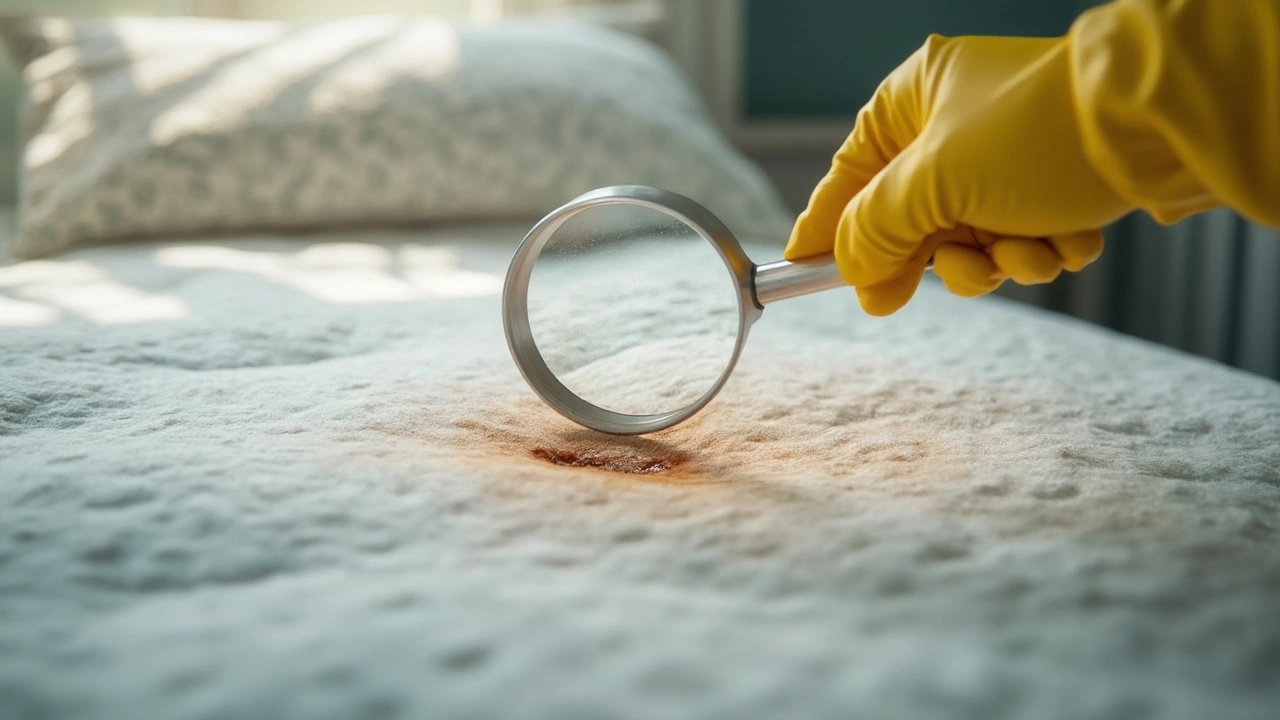Stain Identification – Spot the Source and Clean It Right
Ever stare at a mysterious spot and wonder what caused it? Knowing the exact type of stain saves you time, money, and a lot of frustration. Below you’ll get a quick rundown of the most common stains you’ll meet at home, plus easy ways to figure out what you’re dealing with and how to treat it.
Common Household Stains and What They Look Like
Urine – Usually a yellow‑green ring on fabrics or a faint yellowish mark on carpet. It often smells sour after it dries. If it’s a pet, the scent can be stronger.
Red wine – Dark purple to deep red blotch, especially on light‑colored fabric. It spreads quickly and can leave a pink hue when it’s still wet.
Coffee or tea – Light brown to tan spot that can turn darker as it dries. You may notice a slight oily sheen on the surface.
Grease – Shiny, slightly translucent patch on kitchen surfaces or upholstery. It feels slick to the touch and may attract dust.
Blood – Bright red when fresh, turning brownish‑red as it oxidizes. It often leaves a sticky residue if not rinsed promptly.
Ink – Dark, almost black streak that can spread if you rub it. On fabric, it may look dry and crusty.
Tomato sauce – Bright orange‑red area with a slightly oily feel. It tends to leave a faint scent of herbs.
Each of these stains has a tell‑tale look, smell, or texture that can help you name it fast. When you’re not sure, ask yourself three questions: What color is it? Does it feel oily, sticky, or dry? Does it have any odor?
Quick Steps to Identify and Treat a Stain
1. Observe the color and texture. Use a flashlight if the lighting is dim. A slick feel usually means grease or oil, while a powdery residue points to dried sweat or dust.
2. Smell it. A sour or ammonia scent means urine; a coffee aroma signals a beverage spill. This can confirm your guess before you start cleaning.
3. Test a hidden spot. Dab a tiny amount of water or a mild cleaner on an inconspicuous area. If the color lifts, you’re dealing with a water‑based stain like coffee or juice.
4. Choose the right cleaner. Enzymatic cleaners work wonders on protein‑based stains (urine, blood). Baking soda and vinegar help with grease and soda‑type stains. For ink, alcohol‑based solutions are best.
5. Act fast. The longer a stain sits, the more it bonds with fibers. Blot, don’t rub, to avoid spreading.
6. Rinse and repeat. After the first treatment, rinse with cool water and check the spot. If any color remains, repeat the process or switch to a stronger solution.
By running through these steps, you’ll usually nail the stain type in under a minute and know exactly which product to reach for. Remember, the goal isn’t just to hide the spot – it’s to break down the molecules that cause it, so the stain doesn’t creep back.
Stain identification may sound like a detective job, but with a little practice it becomes second nature. Keep this guide handy, and next time a mark appears, you’ll be ready to tackle it head‑on, without guessing or wasting product.

Sperm Stain or Discharge? Mattress Cleaning Tips to Tell the Difference
Figuring out if that mystery stain on your mattress is sperm or bodily discharge isn't as weird as it seems—there are real reasons you might need to know. This article explains how you can spot the difference based on color, smell, and texture, and what it means for your cleaning process. Get practical tips for dealing with each type of stain and find out why acting quickly always helps. We'll also clear up some common myths about cleaning up these messes. Whether it’s your mattress or a guestroom mishap, knowing what you’re dealing with makes the cleanup way easier.
Read More